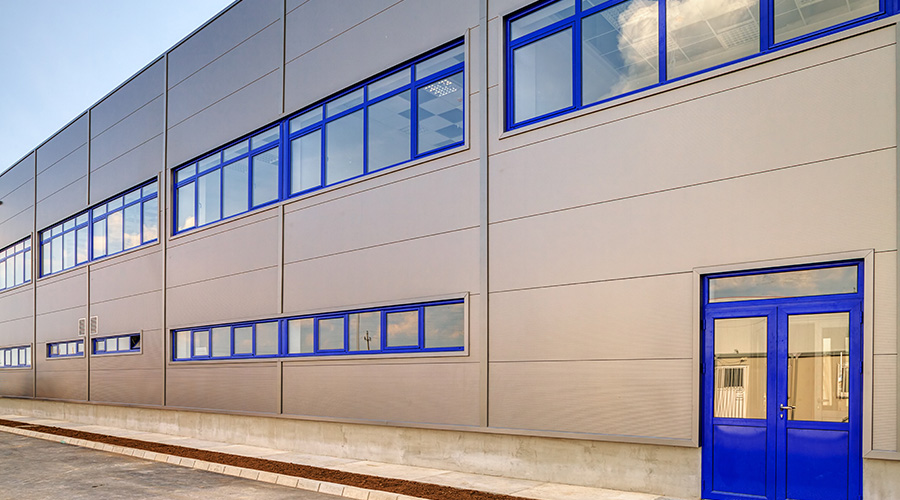« Back to Facilities Management News Home
« Energy Efficiency
Identifying Energy Wasters
Dallas — In a commercial facility operations budget, energy use is often the largest expense, with HVAC and lighting consuming between 40—60% of the total cost.* As energy costs continue to rise, facility managers and building owners alike continue to seek ways to reduce energy use and lower utility bills.
Monitoring and reducing energy costs in commercial properties can lead to significant savings. And sometimes, the solutions that can help your facility save thousands of dollars are the easiest to implement.
Here are a few places to begin seeing savings:
Temperature
Hot and cold leaks from a building’s windows, roof and other areas where air can enter or escape can be a major source of energy loss. Because it takes a lot of energy to condition that air, any air that is leaking is money your building is losing. Hire a professional to inspect the building’s exterior for cracks and leaks; repair as needed. An energy audit, performed by a local professional, can help your company identify areas where energy is escaping.
Lighting
Harvest daylight wherever possible, locating work stations near high-illumination windows. Install high-efficiency LED exit signs; while they will operate 24 hours, the overall maintenance cost will be lower. Finally, if you haven’t already, switch from incandescent lighting to CFL lighting. The bulbs produce less heat, have a longer lamp life and reduce heat load. In addition, lighting upgrades may be tax deductible.
After-hours costs
Examine after-hours building use. If you find occupants are not using the building during the lease-required operating hours, for example, adjust hours to reflect actual usage. Additionally, schedule cleaning during occupant hours if possible, and, if not, have janitors work with the security crew to walk through the building and turn off equipment that was inadvertently left running by tenants.
HVAC
Ensuring your HVAC system is working properly and at peak efficiency can have a profound impact on your company’s bottom line. One reason is that at least 25% of all rooftop HVAC units are oversized, resulting in increased energy expenditures and extra wear and tear on equipment.** During your next preventive maintenance or on-site HVAC repair visit, have a professional look over your system to verify that it is properly sized and operating efficiently; if not, it’s time to consider investing in a new system. Properly sized equipment can cut energy costs dramatically, as well as increase the life of the equipment and reduce pollution. Likewise, ask your HVAC professional to check your ductwork and ventilation system for any air leaks—another important area where energy loss can be easily prevented.
When considering the purchase of a new system, look for a high-efficiency ENERGY STAR® qualified model, like Lennox’ Energence® rooftop unit product line. ENERGY STAR qualified light commercial HVAC equipment uses 7–10% less energy than standard equipment, resulting in significant energy savings as well as a quick return on your investment.
For more information on Lennox® products, visit www.lennoxcommercial.com.
*U.S. Department of Energy **ENERGYSTAR.gov
About Lennox Industries Inc.
A worldwide leader in residential and commercial heating and air conditioning systems, Lennox Industries Inc. is based near Dallas, Texas. Deeply committed to helping consumers and businesses reduce energy needs and lessen their environmental impact, the company offers a wide range of resources for improving efficiency, including a selection of ENERGY STAR® qualified products. Lennox Industries is a subsidiary of Lennox International Inc. and is a global leader in the heating, ventilation, air conditioning and refrigeration markets. Lennox International stock is traded on the New York Stock Exchange under the symbol “LII.” To learn more about Lennox International, visit www.lennoxinternational.com. To learn more about Lennox Industries, contact a Lennox sales representative or visit www.lennox.com.
More From 10/15/2013 on FacilitiesNet







